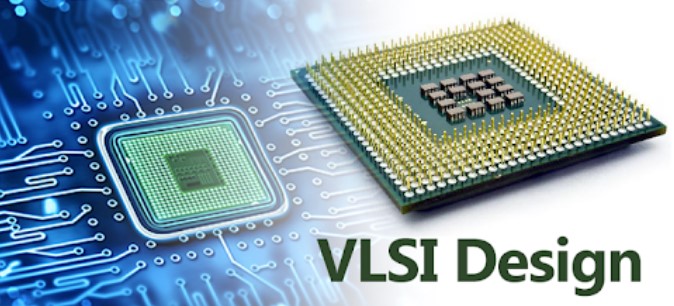
Course in VLSI Design: Crafting Abilities for Building the Future
If you want to influence the future of technology, then a VLSI design course is what you need! Discover the principles of VLSI design that will allow you to create complex integrated circuits at incredible speeds. Using this knowledge, you will have the capacity to manufacture faster and more powerful computer chips for both industrial and consumer use, which will open up immense potential. The course has top-notch instructors and industry professionals who guide participants from the basics of VLSI design to advanced concepts such as timing constraints and error correction. Start your journey into the world of technology by enrolling for the VLSI design course and unlocking its many opportunities!
Learn About Integrated Circuit Design
In a VLSI design course, you will learn about:
- Transistor Theory and layout Optimisation
- Data converters include ADCs/DACs, SDR/DDR memory controllers, analogue signal processing blocks etc.
- Finite state machine-based control logic designs
- Digital communication interface standards including USB, SATA and Ethernet etc.
- Low power design techniques, including clock gating, power gating and register balancing etc.
- Computer-aided design (CAD) tools and verification technologies like synthesis, simulation and timing analysis.
Digital Design Skills to Master
The VLSI Design course gives students the essential skills to succeed in today’s ever-evolving digital world. The course covers various topics to equip students with a core understanding of digital design fundamentals. This includes topics such as:
● Digital System Design
Analog and Mixed Signal Design Concepts
Analog and mixed-signal design concepts are at the heart of VLSI design; these concepts involve understanding the components of an integrated circuit, including transistors, diodes and resistance elements.
The advanced coursework available through VLSI Design Course covers topics related to analogue and mixed-signal design, such as:
- Transistor models
- Modelling techniques
- Frequency responses
- Analog filters
- Oscillators
- Digital logic gates
- Memory elements
- Interfacing techniques
- Analogue computing techniques
Physical Design and Fabrication Processes
Today, physical design and fabrication processes are the most critical components of the VLSI design course. The physical design techniques involve creating the registered layout of a digital circuit through geometric and symbolic representation, which can be used in simulation before fabrication. And when it comes to fabrication, various processes such as masking, lithography and etching are used to produce a working chip from the circuit layout.
Once the physical design and fabrication process is complete, engineers can continue debugging and testing the chip. This involves finding errors in the designed chip and ensuring it is of high quality before it is used. Experienced engineers will use various tools and methods, such as fault simulation, device characterisation and interface testing.
By mastering these physical design and fabrication processes, engineers can confidently create intricate designs that shape our world today – ultimately leading us towards a more prosperous future.
Conclusion
If you join the VLSI Design Course, you gain the resources and abilities to build the newest form of electronic systems. This all-inclusive class provides the structure to bring your innovative thoughts into tangible items. It merges various disciplines, from digital and analogue design to system-on-chip design to verification and packaging. Upon mastery of the basics of VLSI Design, you can progress in your professional life and unlock the possibilities for creating, constructing, and making your imaginative ideas a reality. With the correct experience, you can direct the destiny of electronics and further your success in the sector.


